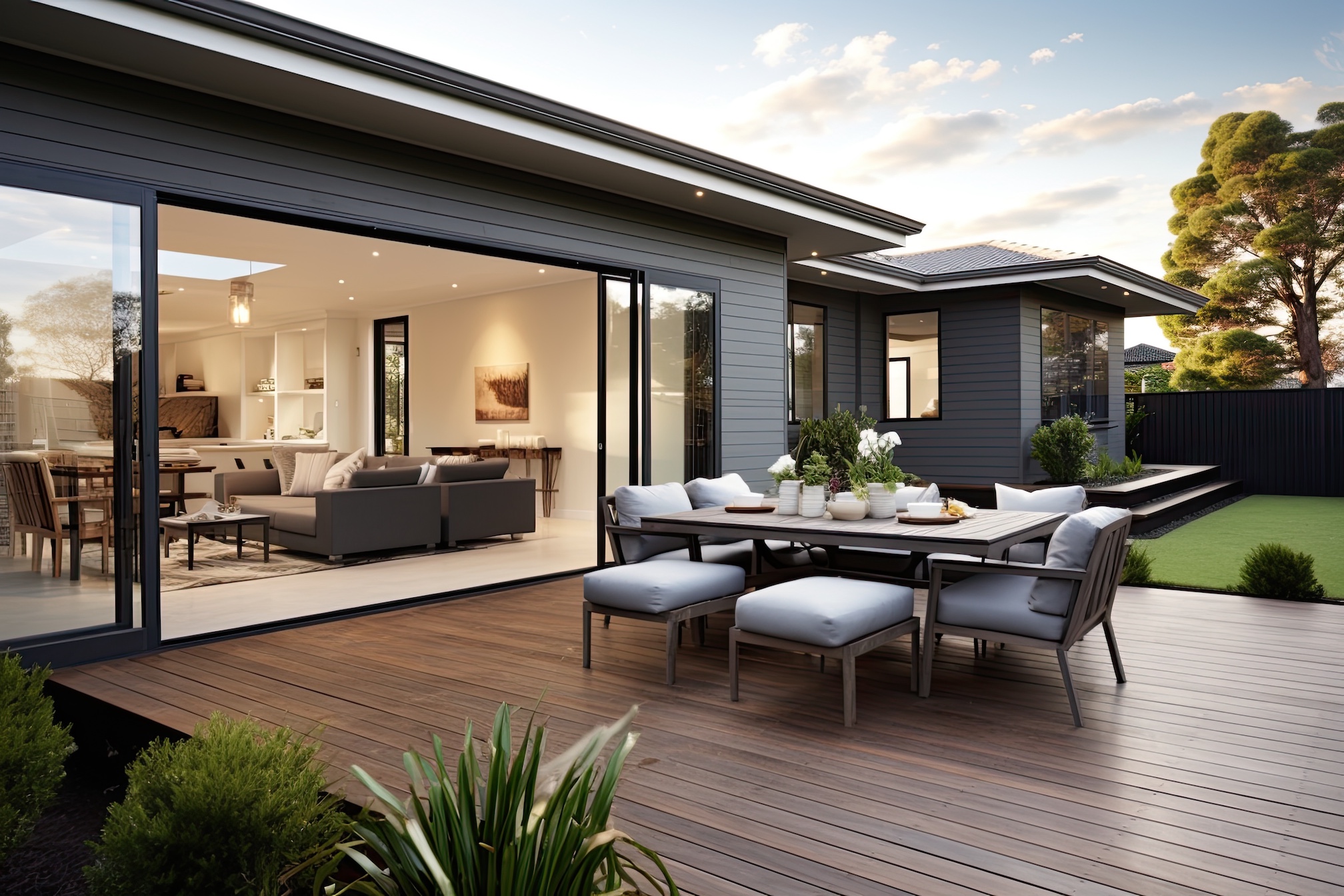Most of us share a common concern for people living in squalid conditions without adequate housing. This is a global concern and until recently, there hasn’t been a single remedy that could come close to meeting the demand. Having a safe and clean shelter is a basic human requirement but many adults and children have no way of securing the staple for existence.
Many occupy makeshift shelters made from whatever discarded materials they can find. There is plenty of government and privately sponsored programs that help families and individuals find temporary and sometimes permanent housing, but the few that are helped do not make a dent in the overwhelming need. A new possible solution is on the horizon. 3d printing is a new technology that shows promise for creating solid objects at a lower cost than through traditional construction techniques, and it’s believed that 3d printed homes could solve the global housing crisis.
ICON
ICON is a new startup that has been working on the issue of the shortage of housing on a global level. The 2018 South by Southwest conference revealed the plans and shared some exciting information that could transform the way that charities and assistance program approach the problem of the homeless. ICON has drawn up a strategy for using 3d printing technology to build homes in developing parts of the world, to work with non-profit housing organizations and build highly affordable homes for people who could otherwise not afford them.
How 3d home printing works
It is now possible to create a concrete home measuring 650 square feet, with a porch, a bathroom, bedroom and living room for a cost of $10,000. The entire process takes between 12 and 24 hours to complete. Analysts with the organization believe that it is possible to reduce the cost to as little as $4,000 per home built. They are made of a single material, but the concrete offers a clean and viable solution that protects people from the elements and gives them safety and shelter. The homes are printed in a warehouse environment, and then transferred to the prepared ground and assembled.
Benefits of 3d printed homes
The advantages of using this method are immense. It has the potential for utilizing designated finances for helping the homeless to build homes that they can occupy in as little as 12 to 24 hours. With an army of printers in operation, entire neighbourhoods can be built within just a few days or weeks. This has the potential for transforming barren wastelands into safe neighbourhoods for families currently living on the streets or off the land in some cases, to family communities.
In addition to helping solve the housing crisis, 3d printed homes are a green method of production that cuts down on harm to the environment. It is a safe and clean solution that doesn’t require the use of fossil fuels and large equipment. It’s an eco-friendly solution to home building. The method also saves on labour costs as well as the use of wood and plastic materials. Although labourers are still needed to excavate, install plumbing, roofs and electrical systems, it does cut down on labour tremendously.
Estimates of need
Current estimates of the number of homeless people in the world are at approximately 1.2billion. The figures are high, but ICON’s approach presents a viable solution to the problem. They’re currently launching a project to test the feasibility by building 100 homes in ElSalvador in 2019, in cooperation with New Story, a non-profit organization dedicated to providing international housing solutions. Work in Haiti, El Salvador and Bolivia have already begun.
How do 3d homes stack up?
When compared with the average size of a New York apartment, the affordable 3d homes come close. They are 650 square feet compared to the average apartment size of 880 feet. Some of the smaller apartments measure a scant 400 square feet, so in comparison, the size isn’t bad. It’s worth noting that 3d houses may be built up to 800 square feet if a larger size is needed or desired.
Futuristic speculation
In addition to building inexpensive and safe housing, ICON is looking at the possibility of manufacturing 3d buildings for use in off-planet exploration missions. Although this would happen in the distant future, it gives inspiration for a unique method of quickly construction complexes and buildings off the planet.




 POSTED BY
POSTED BY 

